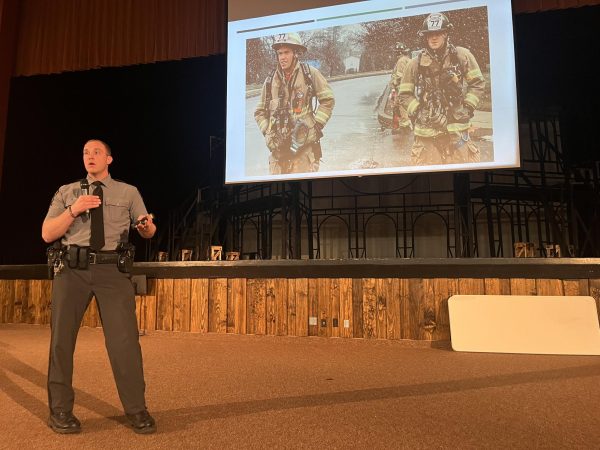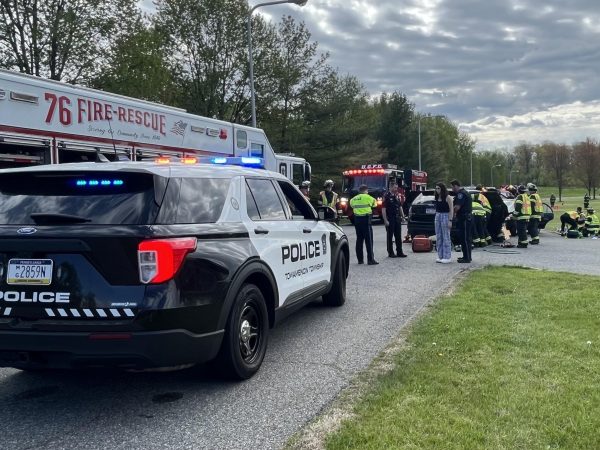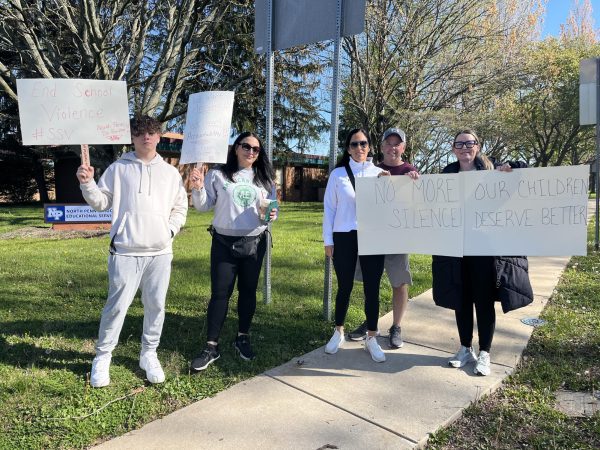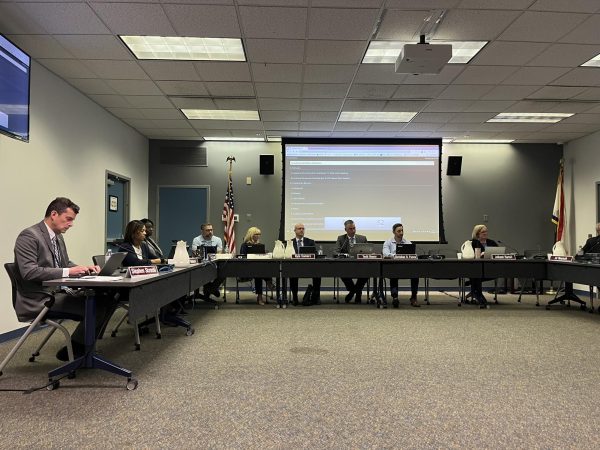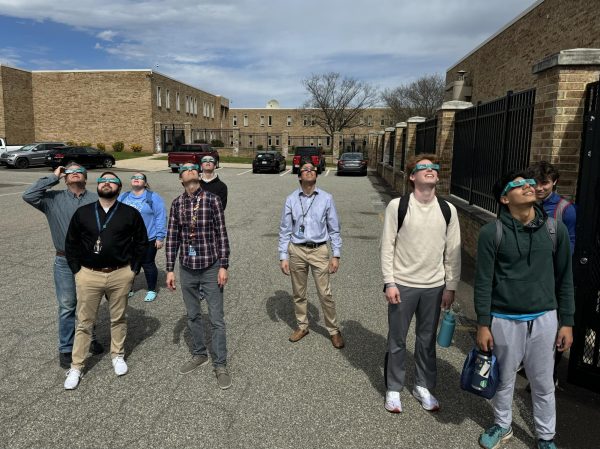Dress Code back in focus for new school year
Students in the hallways expressing themselves through their clothing.
Around the country, one of a high school’s most controversial topics has recently surfaced with much debate. Here at North Penn High School this topic is also at the forefront.
Dress codes have always been a topic of discussion among students and others. Many people disagree whether the rules are appropriate or not. At North Penn around four years ago students began to raise their own concerns.
“I was here four years ago as an assistant principal. So I think it was then we started to have student led conversations about dress code. Students had come and said ‘we are really unhappy with the dress code and we would like to see some changes’,” North Penn High School principal, Mr.Kyle Hassler stated.
Even students in the middle school felt a change was needed.
“Through Covid… I was at Penndale. At Penndale, we had students come up to us and say we really disagree with the dress code, we feel as though it targets certain students, certain females, being one. We really want the school district to relook at it,” Hassler explained.
The middle schools soon reached out and found the high school was receiving the same suggestions. Through this a committee of teachers and administrators were formed. Proposed language and changes were given to some students to receive feedback on possible changes. Eventually teachers were shown the possible changes as well.
“It was a very long process with a lot of different people. So it was students, teachers, administration all coming together until finally we had the one that we went with,” Hassler added.
The old student handbook had a lot of different language from the new one. The old one had requirements about shirt length, mentions of fabric covering all sides and language like bra straps, undergarments and waistbands. You will not see as many specifics in the new one. The general term of undergarments is used, no limitation of shirt length and specific body parts to be covered are described.
“I think one of the issues with the old dress code was, I think everybody knows this, it was slanted more towards females. So there was that, that we wanted to address and then there was also too what I heard as a principal where students would come and say that when they were addressed they felt as though they were shamed, they felt as though they were targeted, and they felt uncomfortable. They felt they were sexualized by some of the things.”
This was what they wanted to fix. They wanted to make the language more “black and white.”
“There was a long process where we talked about what’s an undergarment? Do we start naming everything? Because if we name everything and we miss one then we go back into the gray area. We figured undergarments to kind of catch everything. So we wanted to be specific and black and white but then too we wanted to be general in what we did put in so that it caught everything that would classify as that,” Hassler explained
Rules about hoods and makeup have also changed. In the old dress code hoods were not allowed to be worn at all. Makeup that stopped someone from being identified was also not permitted. In the new dress code hoods and headcovering are allowed in hallways and common spaces. Head coverings for religious reasons were always allowed before and now. The new dress code allows hoods and some hats for different reasons like comfort or anxiety. The problem with “identifying” a student isn’t a concern anymore.
Many female students have felt for a long time that dress codes are more used as a target for them. Which is why the new dress code is leaning to change that stereotype.
“It is very important to us that students aren’t feeling that way. I can talk at the middle school, my attention went to the dress code because we had students come forward and say that they felt that way by what was written into our dress code…I can see where a female student would say ‘Well you’re saying bra straps, you’re saying midriffs, you’re saying things usually associated with females and what about a boy who has their underwear sticking out or something like that?’ So it was more slanted, I agree with that. I think it was more slanted towards females and that’s what we really wanted to address… we wanted it to be more equitable for all students,” Hassler said.
Now the new dress code has a new section labeled “Student Attire Enforcement” where there is a specific procedure for a dress code. Now the main office must be contacted, the staff member must explain why it breaks dress code, an administrator or trusted adult must be present and students have the right to have a guardian on the phone during the meeting.
“It goes again to how the students feel, so what we want with everything is we want students to feel accepted, we want students to feel like they belong, we want them to feel comfortable…From the feedback we heard where our dress code the way it was addressed made students feel the exact opposite of that…The way that we were addressing it sometimes we were part of the problem and we were causing the harm,” Hassler explained.
Overall the dress code has changed to help students feel more comfortable in school. Whether it’s what they are wearing or how they are addressed, the hope is that they feel like they aren’t being judged or targetted in this situation.
“I’m hopeful that people see that with the new dress code that it eliminates some of that angst that the other dress code caused and if people have concerns or people feel like they need to talk about it I would love to have that conversation with them. You know, the door is always open,” Hassler said.
Students should always feel if they need to voice a concern there is always someone that will listen and take concern to how they are feeling.
“If they really have a concern or question dress code or not dress code related I hope they feel comfortable that they can come and express it…When students come and talk to us it’s important that they know we do listen to them and we do want to make sure that our rules and out policies are reflective of how they feel as well, ” Hassler concluded.






